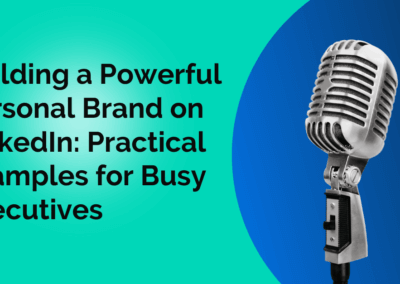Is there any friction between your sales and marketing teams? According to HubSpot, 87% of the terms sales and marketing use to describe each other are negative. If your team views your marketing efforts as projects that produce low-quality leads, and your marketers think the sales team isn’t following up effectively in the digital age, you’re probably seeing a higher cost of customer acquisition than you should be.
That’s where “smarketing” can make a difference. Smarketing helps companies achieve faster and scalable results for revenue growth. In fact, companies that optimize smarketing generate 208% more revenue and improve customer retention by 36%.
What is Smarketing?
The term “smarketing” refers to alignment between your sales and marketing teams created through shared goals and executed through collaborative strategy and tactics. The better you are at smarketing, the more optimal your return on investment will be. You’ll see a lower cost of customer acquisition and more predictable growth.
The Five Pillars of Smarketing
Project to Outcome Based Marketing – Marketing Quota
Marketing has changed in recent years. Too often, marketing departments are seen as a creative limb of the company, producing projects without being able to explicitly quantify the effectiveness of their efforts. Today’s marketing and sales technologies enable marketing to measure the performance of their campaigns. Every campaign should have an objective that can be measured and is relevant to the growth goals of the company.
Goal Setting
Smarketing focuses on setting SMART (specific, measurable, achievable, relevant and time-bound) goals to track your growth performance in the pursuit of delivering qualified leads to your sales team. In the world of smarketing, these goals are aligned in one funnel for growth and are often shared between sales and marketing. Start goal setting with a current assessment of your funnel today.
A Shift to Inbound Sales
Today’s risk-averse and empowered buyer makes it even more difficult to earn connections with prospective customers. Always be closing sales tactics have become less effective. Instead, smarketing enables sales teams to leverage insights on buyer behavior and share information that’s timely, helpful, and relevant to ultimately earn trusted advisor status. Switch from “always be closing” to “always be helping” and see the benefits trust can bring.
Defining the Hand-off
When does a lead get passed from Marketing to Sales? Will you implement a lead scoring threshold in your marketing automation software that passes them automatically after they rack up a certain amount of points? Or will you manually pass them over when they request a demo or consultation? And when, if ever, will Sales hand a lead back to Marketing for more nurturing? It’s critical to hand off leads at just the right time, right when their interest in your product or service is at its peak—your Sales team and bottom line will thank you.
Closing the Loop
A Service Level Agreement, or SLA, is just that—an agreement between your Sales and Marketing teams, centered on a common goal, with clear definitions of what each side will contribute. By creating an SLA within your organization, and by keeping it fresh and up-to-date, both Sales and Marketing will always know what they need to do to reach their goal and how close they are. The SLA can be integrated into regular sales meetings for pipeline reporting.
Have you processed the fundamentals of smarketing? See if you can ace this smarketing quiz.




